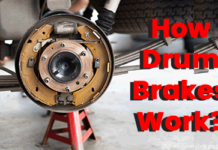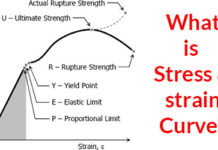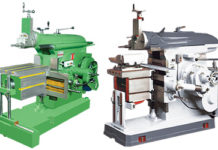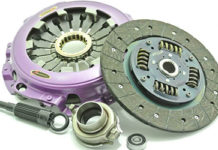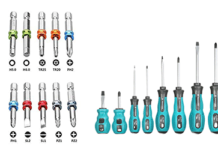Contents
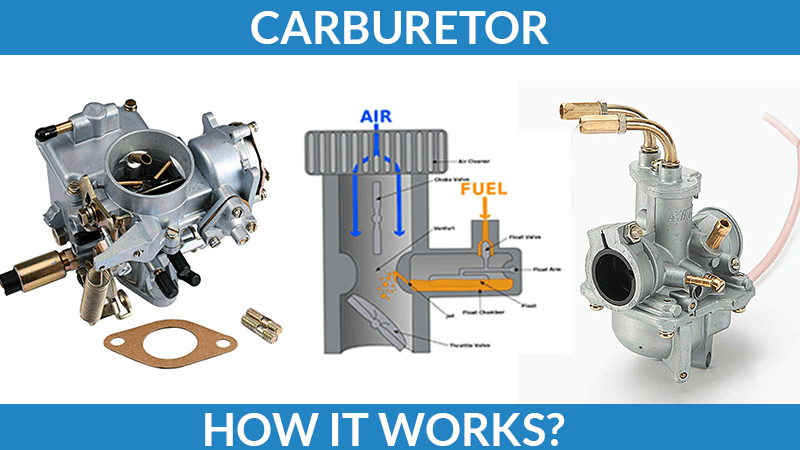
Carburetor
In this article, we will see information about what is a carburetor, how a carburetor works and also explain the carburetor diagram. Let’s under why carburetor used?
In the spark ignites engine the petrol is used as the fuel. The petrol is highly volatile and its ignition temperature is quite low than the temperature in the engine cylinder before full compression. For the SI engines, the mixing of air and fuel is not possible. But for the proper combustion the properly mixed, homogenous mixture is required. To mix air and fuel incorrect ratio and to make a homogenous mixture outside the cylinder done by Carburetor.
Read Also: Car Engine PartsWho invented it?
The carburetor was used since the late 19th century. It was first invented by Karl Benz. The below image shows the originally developed carburetor.
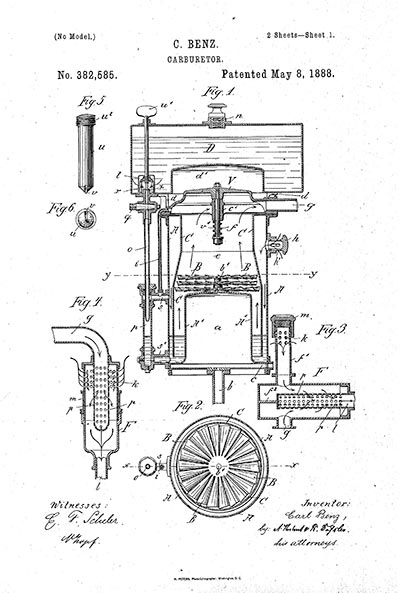
Inside Carburetor
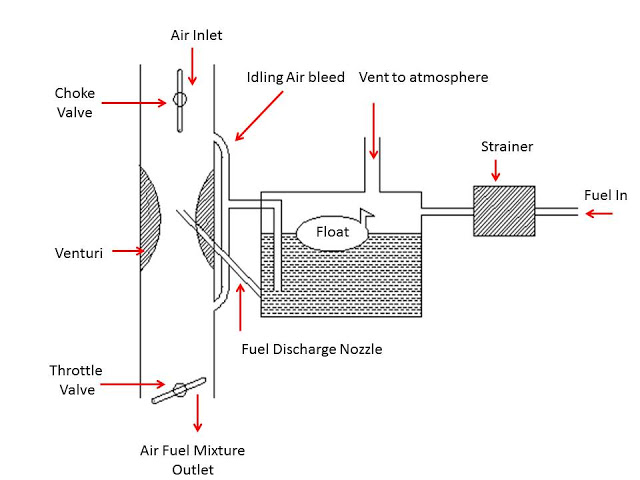
1. Float Chamber
It works as a storage tank of fuel for a continuous supply. There is a float valve that maintains the fuel level in the float chamber. When the fuel level decreases the float moves downward and opens the fuel supply to flow into the float chamber. After the increase of fuel level, the float moves upward which closes it and stops the fuel supply. The fuel level is maintained below the discharge nozzle outlet hole to prevent overflow.
2. Strainer
The strainer is a filter the fuel before it enters into the float chamber. There is a wire mesh which filters the fuel from dust and other debris from it. If the debris is not removed can cause the blockage of the nozzle.
3. Metering System
The purpose of the metering system is to control the flow of fuel into the nozzle. The metering system forms the exact mixture of air and fuel. It has two main parts first one is metering orifice and the second is the discharge nozzle. When the air passes through venturi, it makes the low-pressure field around throat then the float chamber and due to this pressure difference the fuel is discharged into the air stream. The fuel quantity is control by the metering orifice.
4. Idling System
There is a direct passage from the float chamber to the venturi tube in the Idling system. This provides a rich mixture in idling at low speed. It works in idling or when the throttle is open below 15%.
5. Throttle Valve
The butterfly valve is at the exit of the venturi tube which controls the speed of the vehicle by providing a mixture of air and fuel and also controls the quantity of air-fuel mixture. When the throttle is fully opened, the more mixture enters into a cylinder and gives high output. And if it is less opened the less amount of air and fuel mixture enters into the cylinder and provides less power.
6. Choke Valve
It looks the same as the throttle valve but placed at the entrance of the venturi tube and provides a rich mixture in the cold season. It also controls the airflow through a venturi tube. When the choke is fully open, the normal amount of airflow passes through venturi and makes the normal mixture. And if the choke is partially closed, there is a low amount of airflow through venturi and a large amount of fuel through discharge nozzle which gives the rich mixture.
Read Also: Otto CycleHow Does Carburetor work?
We got basic information about carburetor parts and their operations. All of these parts working together to provide homogenous air and fuel mixture with proper ratio. We explain its working step by step below.
👉 Firstly, the fuel is supplied into the float chamber through a strainer. The strainer works as a filter and stops the dust and other debris entering into the float chamber. This debris can choke any fuel passage.
👉 The function of a float is to maintain the level of fuel in the float chamber. When the fuel level is decreased to a certain limit the float goes down and opens the fuel supply valve to flow the fuel into the float chamber. After reaching a certain limit the float goes up and closes the fuel supply valve and stops the flow of fuel supply into the float chamber.
👉 Fuel discharge nozzle connects the float chamber and the venturi tube. One end of the fuel supply nozzle is connected to the bottom of the float chamber and another end is connected to the venturi tube which is slightly above the fuel level in the float chamber. This will help to avoid the overflow condition when the engine is not running.
👉 In the suction stroke air is entering into the cylinder through the venturi tube. The cross-section of the venturi tube is decreasing and at the throat it is minimum. The fuel supply nozzle is connected at the throat of the venturi tube. The air has a maximum velocity at the throat. The high velocity decreases the pressure at the throat than the float chamber pressure.
👉 This creates the pressure difference between the venturi tube and floats chamber and it is known as carburetor depression. And it acts as a driving fuel that flows the fuel from the float chamber to the venturi tube via a fuel supply tube and then fuel is entered into the air stream.
👉 Fuel and air ratios are depending on the size of the discharge jet and metering system. Select the proper size of the discharge jet and metering system to get the needed air-fuel ratio.
👉 The air-fuel mixture is entered into the cylinder via the throttle valve. SI engines are quantity governed engine and the quantity of the mixture is entering into the cylinder is controlled by throttle valve and it also controls output power.
👉 For the idling or when the rich mixture is required, the extra fuel is flowed by the idling system into a venturi tube.
This is the information about what is carburetor and we also include the carburetor diagram and how a carburetor works.
🔔We hope this information will help you. For more new information click on the notification button and get regular updates from Unbox Factory.
Now if you find this information helpful, share it with your friends, family, and colleagues.
If you like this post, let us know by comment below, if you want to add-on information about this topic, comment the information. We will consider the information if it is relevant.
Thank you for reading.

